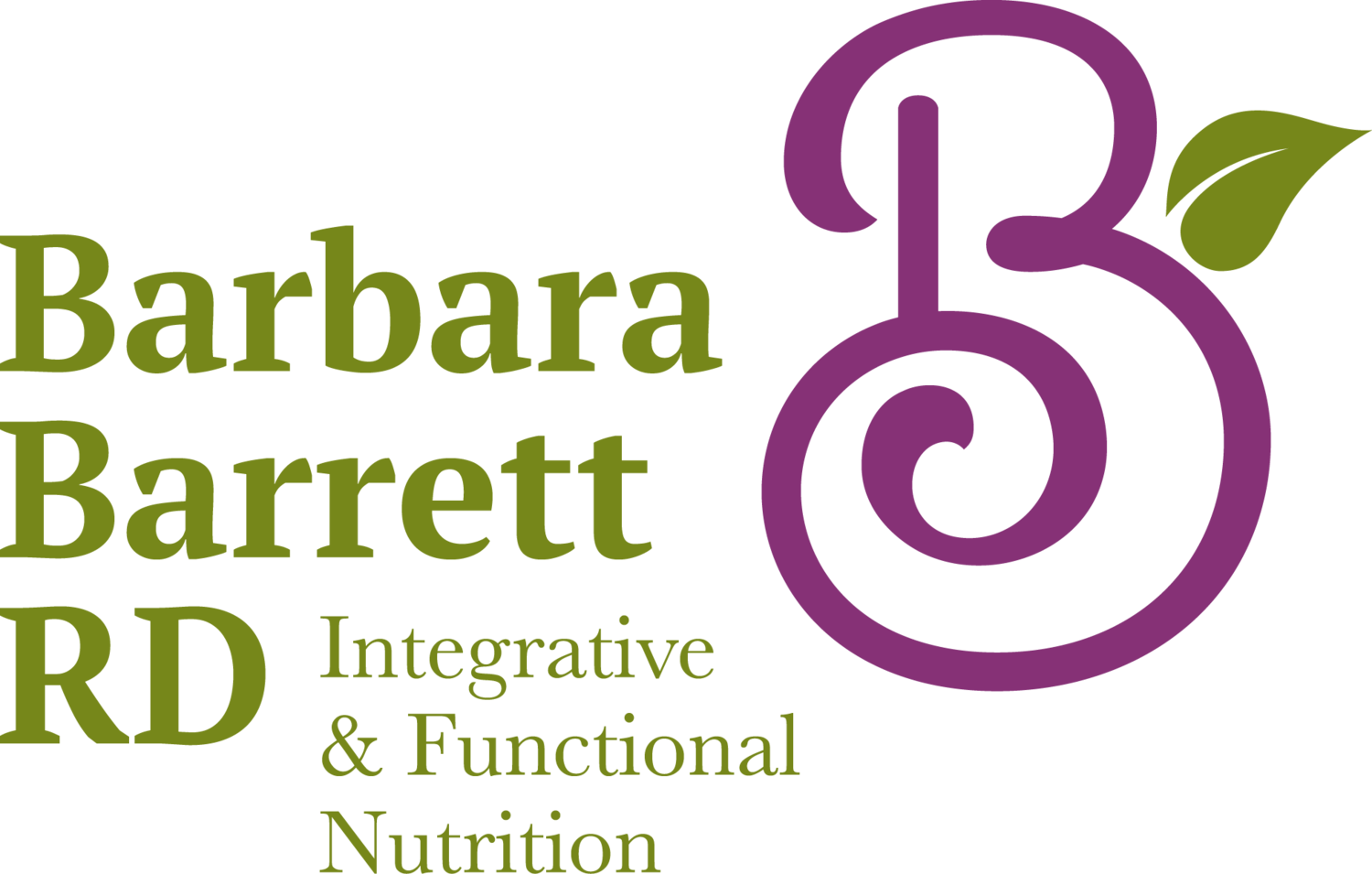What is Fiber?
Eat a wide variety of fresh vegetables to boost your fiber intake and feed you microbiome.
A 5 minute read with my favorite high fiber cauliflower soup recipe at the end.
Just as bones make up the skeletons of animals, fiber is the skeleton of plants or their cell walls. Fiber, aka roughage, is only found in plants. It is a type of carbohydrate that your body cannot digest and is important for increasing satiety and lowering the risk of diabetes, heart disease, bowel diseases and certain types of cancer. It is one of the many reasons a high fiber, plant rich diet is proven repeatedly to be healthy. Read on to learn about the 2 types of fiber and how you can increase you fiber intake. If you want to discuss your personal digestive health situation and how I can help, book a free discovery call here.
Soluble fiber dissolves in water and acts like a sponge. When eaten it creates a sticky bolus (a small gel-like mass) that helps lower blood glucose and cholesterol levels. It also works with your liver to remove excess hormones (like estrogen and testosterone), and other toxins from the body by binding them in your colon. It also decreases the absorption of sugar and cholesterol. Constipation can contribute to the buildup of toxins in our bodies because the longer toxins stay in our colon, the more toxins can be reabsorbed back into circulation where the liver must deal with them all over again.
Soluble Fiber Sources: organic oats, organic oat bran, beans, lentils, chia seeds, flax meal, nuts and seeds, barley, citrus fruits, apples, strawberries, blueberries, pears, and sweet potatoes. I recommend my clients only use organic oats and oat bran because conventional oats contain undesirable levels of glyphosate. The same advice goes for commercially prepared high fiber cereals.
Insoluble fiber does not dissolve in water and acts like a broom, facilitating movement of food through the digestive tract. It also contributes to bulking up stool which promotes regularity and reduces constipation.
Insoluble Fiber Sources: whole grains, vegetables, like zucchini, cauliflower, broccoli, and carrots, avocado, leafy greens and many more.
Frequently, clients who are struggling with constipation find immediate relief when they increase their total intake of both soluble and insoluble fiber AND they drink plenty of clean water during the day. Want more information on constipation and when to see your doctor? Click here.
How much fiber you may need varies with age, gender, and digestive health, but generally most people should aim for 25 – 30 grams fiber per day based on a 2000 calorie per day diet. That may seem like a lot of fiber, but consider that our ancestors got triple or quadruple that amount of fiber before the advent of convenience and processed foods.
Want more information on the fiber content of various foods? Here is a link to a fiber content chart from C. S. Mott Children’s Hospital at Michigan Medicine. Click here.
You will quickly see exactly what and how much fruit and vegetables you need to eat to meet your daily fiber goal.
Sometimes clients need a little extra help from supplemental fiber. In these cases I often start with an organic psyllium fiber supplement. This gentle fiber is easily incorporated into salads, yogurt, kefir, smoothies, muffins for a fiber boost.
My job? To give you as many delicious, simple options for increasing your fiber intake as possible. One recommendation I make often is to puree vegetable soups like this signature Creamy Cauliflower Soup. This one is especially nice in the fall and winter months.
CREAMY CAULIFLOWER SOUP
Ingredients
> 1 Tbs olive oil
> 1 large onion chopped
> 4 cloves garlic, minced
> 3 Tbs chickpea miso or white miso
> 4 cups cauliflower, chopped fresh or frozen
> 1 Tbs lemon zest
> 1/2 cup cashews, raw
> 6 - 8 cups stock, any type
Directions
> Chop onion, mince garlic, chop cauliflower into florets
> Zest lemon with a Microplane
> In a large soup pot, heat olive oil over medium heat. Sauté onion and garlic gently until soft and fragrant. Alternately, steam the onion and garlic in a few Tbsp. water then drizzle olive oil on top of soup as a garnish to prevent accidentally overheating and oxidizing your oil.
> Add miso paste and stir to begin to coat onions.
> Add cauliflower, lemon zest, cashews, and water. Stir to combine. Bring to a boil, then reduce to a simmer, until cauliflower is soft; about 15-20 minutes. Add additional water if necessary to keep cauliflower covered.
> Remove from heat and let stand until cool enough to puree.
> Puree soup in batches in a blender or use a stick blender. (Be sure to secure the lid of the blender as steam from the soup can create pressure and pop off the lid).
> Season with salt to taste and top with herbs and oil
Contact me for a free Discovery Call if you want to discuss your digestive health. Click here.


